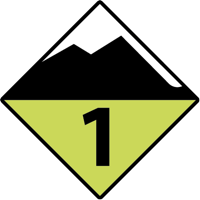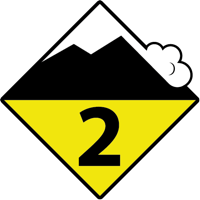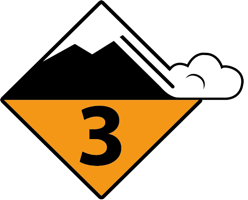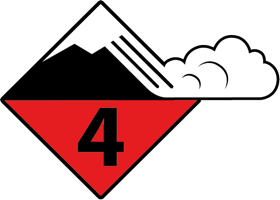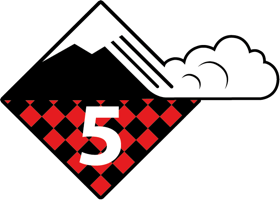Important emergency numbers for Alpine accidents in Austria:
140 Alpine emergency call
144 Ambulance emergency call
112 European emergency call
+43 (0) 5254 508 825 Emergency call of Bergbahnen Sölden lift company
When placing an emergency call always give the following information first, just in case that the telephone connection is bad or cut off for any reason:
| WHAT |
did happen? (crevasse fall, crash,...)
|
| WHERE |
did it happen – exact location? (name of location, altitude, GPS coordinates)
|
| HOW |
is the condition of the injured? (unconscious, severely injured,...)
|
Give your name and phone number to the operator. Make sure you can be reached on the phone until the rescue team arrives in case the operator or the helicopter must contact you again.
IMPORTANT: Follow the instructions given by the operator, answer all questions clearly and don't put down the phone until you are told to. The operator can provide you with important information on how to treat the injured.
Tirol's official avalanche warning service
Always check the current avalanche danger level before setting out on a freeride tour! A daily updated avalanche report is available (in the winter months) on the official website of Tirol's avalanche warning service HERE. More useful links:
Current Tirol avalanche report (in the winter months)
Avalanche hazard scale
Emergency App - Tirol Mountain Rescue
Always be on the safe side thanks to the Emergency App. Made especially for Alpine emergencies within Tirol! HERE you can download the app for iOS, HERE is the download link for Android devices




